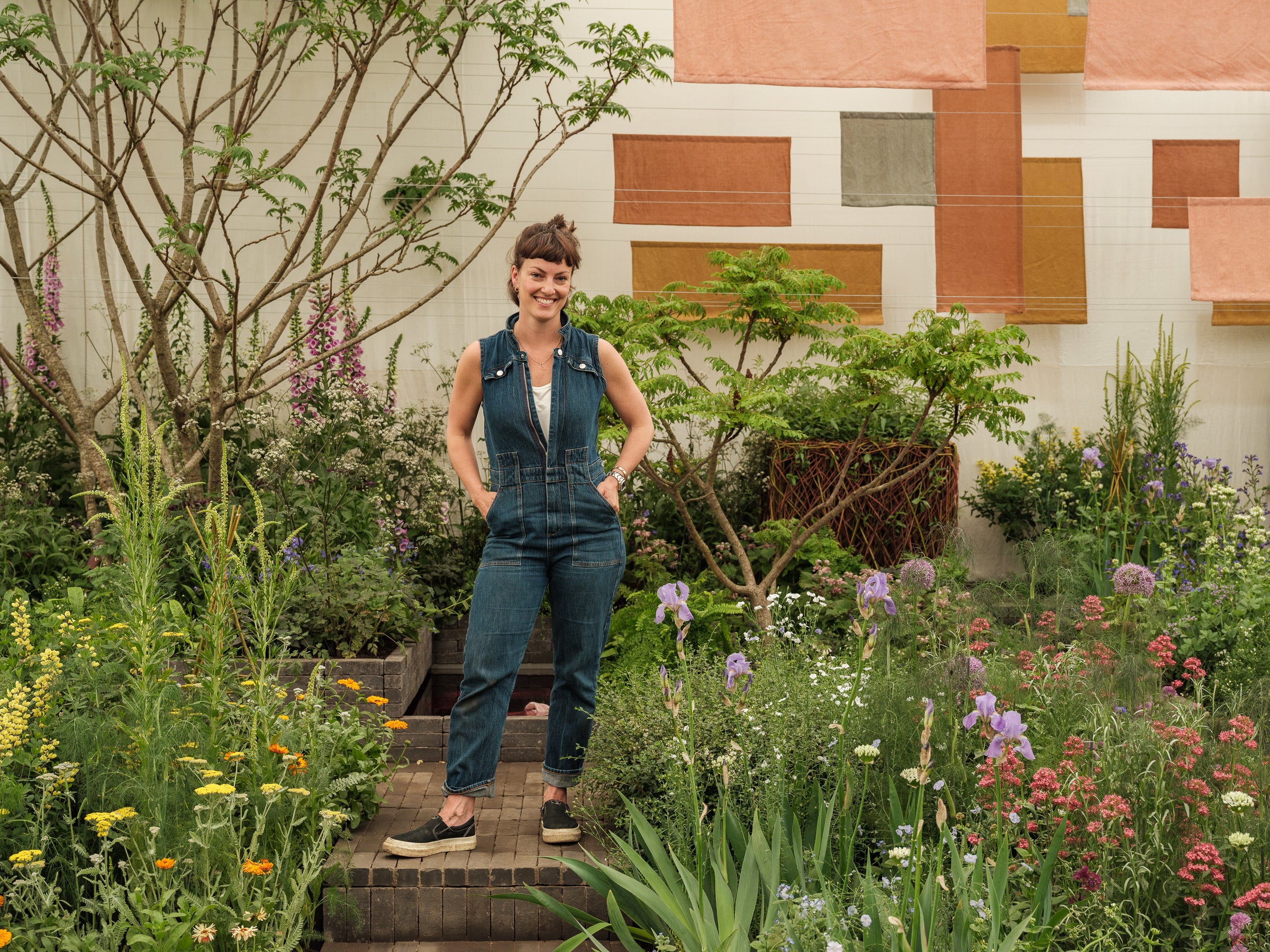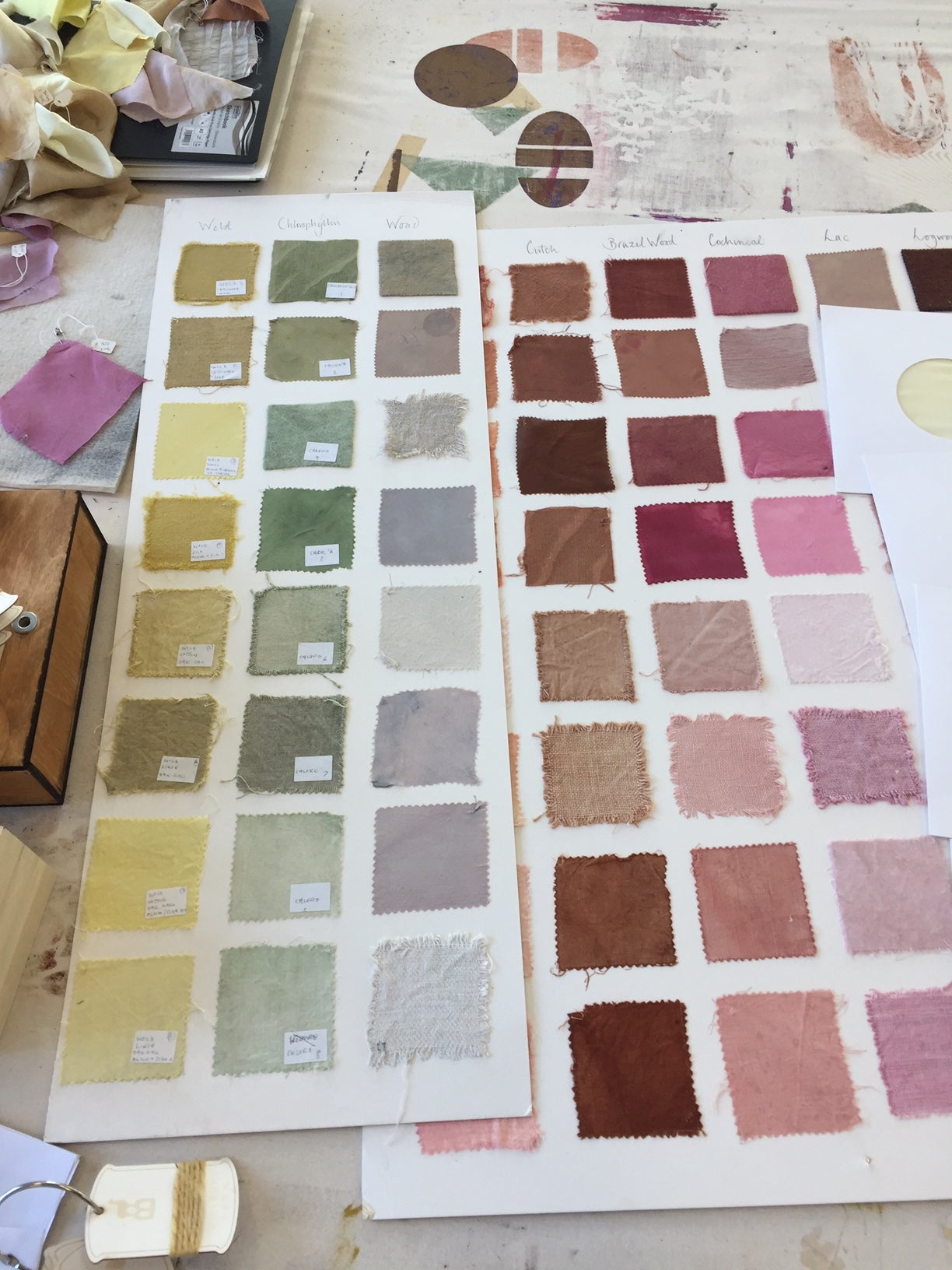Chelsea Flower Show exhibit spotlights harmful chemicals used in fashion industry
The garden aims to highlight a more sustainable, environmentally-friendly and fun approach to fashion

A Chelsea Flower Show exhibitor has used her platform to raise awareness of the harmful chemicals used by the fashion industry by creating a garden made entirely out of plants that can be used to make or dye fabric.
Horticulturist Lottie Delamain created a garden at the world’s most famous flower show for the activist group Fashion Revolution filled with flax, which can be used to make fibre for clothing, and other versatile plants, such as willow, which can be used as a pink dye for clothing.
It is hoped that the garden, which is called A Textile Garden for Fashion Revolution, will remind people of the historical connection between clothing and plants, encourage people to try dyeing with plants at home and consider more sustainable approaches to resources.
Delamain said: “We can have any fabric, material, ink, or dye shipped directly to our door. We have a bottomless choice of materials from which to design and create. And we are wholly divorced from the practices, skills and methods required to grow and produce these materials.
“I wanted to challenge myself to create something using the resources we have readily available, using a restricted palette that would force a new creative approach, that explored the lost connection between plants and textiles.”
Using natural dyes, and disposing of clothing made from natural fabrics and dyes, is not only environmentally-friendly, but creative and fun.

“It’s a great way to make your clothes last longer,” Delamain tells The Guardian. “I have a shirt that I’m going to wear next week that I bought at a charity shop. I didn’t like the colour so I dyed it with plants in the garden to give it new life.
“You literally get some leaves, chuck them in a pot, put the T-shirt in and off you go. Some plants are permanent by themselves but for others you add a mordant, which fixes the dye to the clothes.”
After the Chelsea Flower Show, the garden will be relocated to Headington School in Oxford where Kate Turnbull, head of fashion and textiles design, has developed a new syllabus which includes the study of plants used for textiles dyes and fibres.
The fashion industry is responsible for an estimated 10 per cent of humanity’s carbon emissions and has the fifth largest carbon footprint of any industry, according to the World Economic Forum.
It is also responsible for up to one-fifth of of industrial water pollution in the world, with much of this coming from the chemicals used to dye clothes.
According to the Ellen MacArthur Foundation, a truckload of garments is taken to landfill or incineration every second.
Join our commenting forum
Join thought-provoking conversations, follow other Independent readers and see their replies
Comments
Bookmark popover
Removed from bookmarks